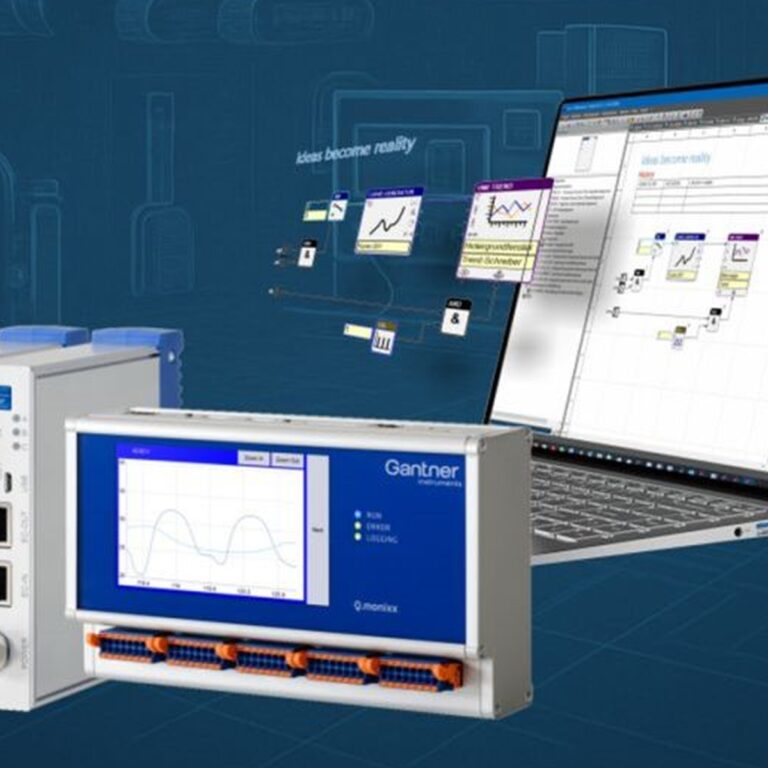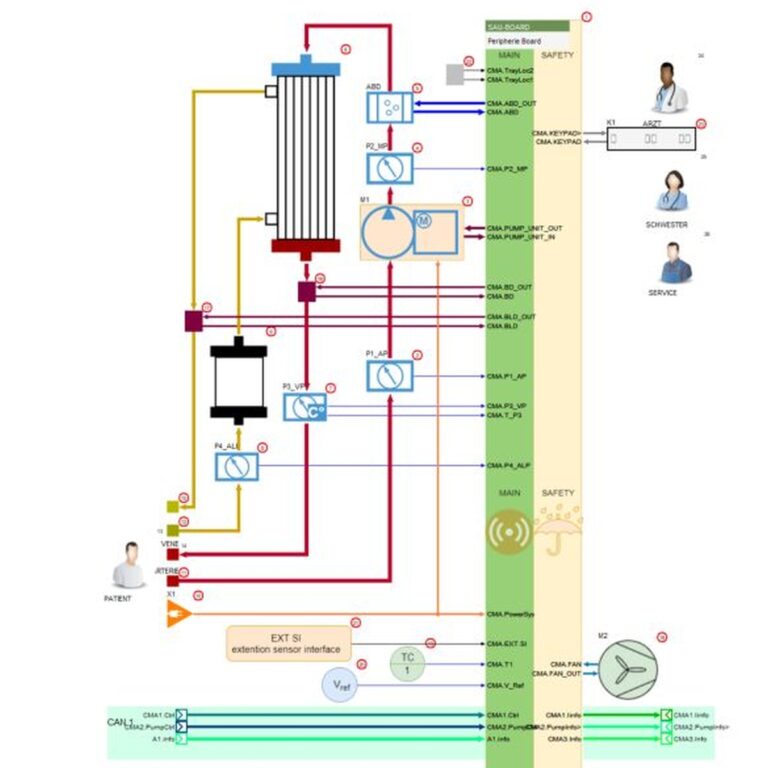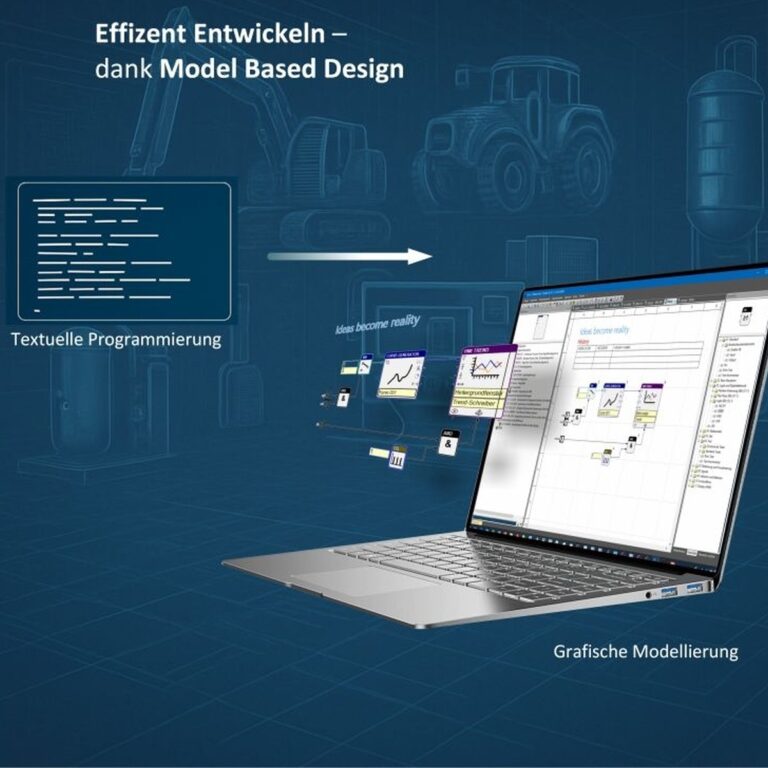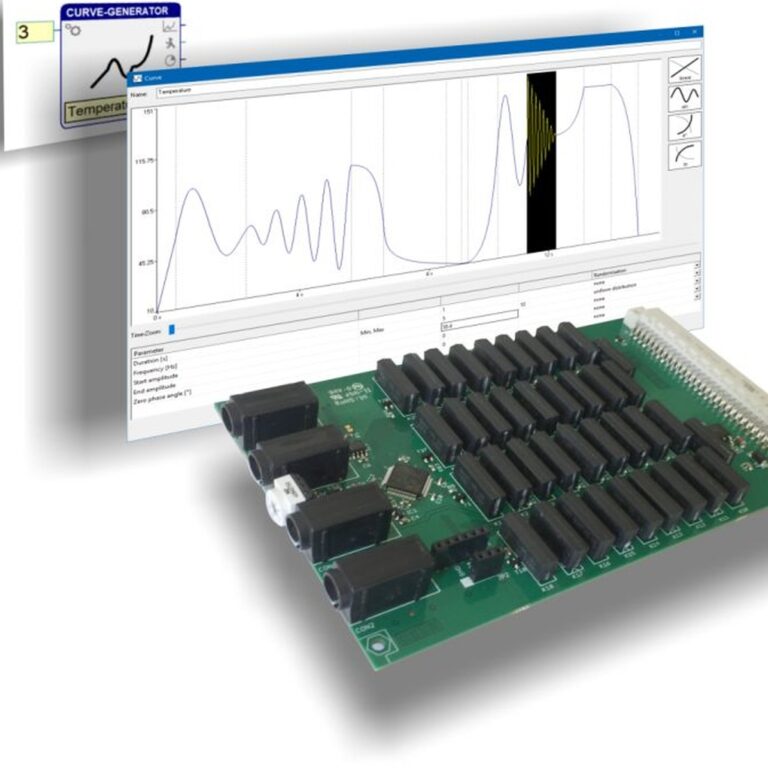Making software development more efficient, flexible, and scalable
That’s exactly what software product line engineering (SPLE) enables
SPLE is a two-stage development approach that systematically builds software products from reusable and variable components. Instead of developing each variant from scratch, a core architecture with modular building blocks is created.
The two stages of SPLE:
Domain Engineering
- Analysis of the target domain & definition of common and variable characteristics
- Development of a stable architecture with reusable components
- Variability modeling for flexible product configurations
Application Engineering
- Use of the developed modules to configure specific products
- Automated generation of executable applications from the model
The interaction of these concepts ensures maximum efficiency:
- Domain Engineering → defines the building blocks and rules of the product line
- Application Engineering → uses these for flexible product generation
- Variability management → manages differences between product variants
SPLE improves efficiency, maintainability, and quality—especially in embedded systems, automation, and industrial control systems.
SPLE – A concept with history:
- 1970s: First ideas for modular software development and reuse
- 1980s: Emergence of domain engineering and systematic reuse
- 1990s: Software product lines become popular through the Software Engineering Institute (SEI)
- 2000s: Industrial use increases rapidly, especially in safety-critical systems
- Today: SPLE is a standard in MBD and DSLs
With iCon-L from ProSign, we consistently implement SPLE! Our graphical engineering tool enables model-based, modular, and efficient development—ideal for software products with multiple variants.
(Publ. 18.03.2025 on linkedin)





